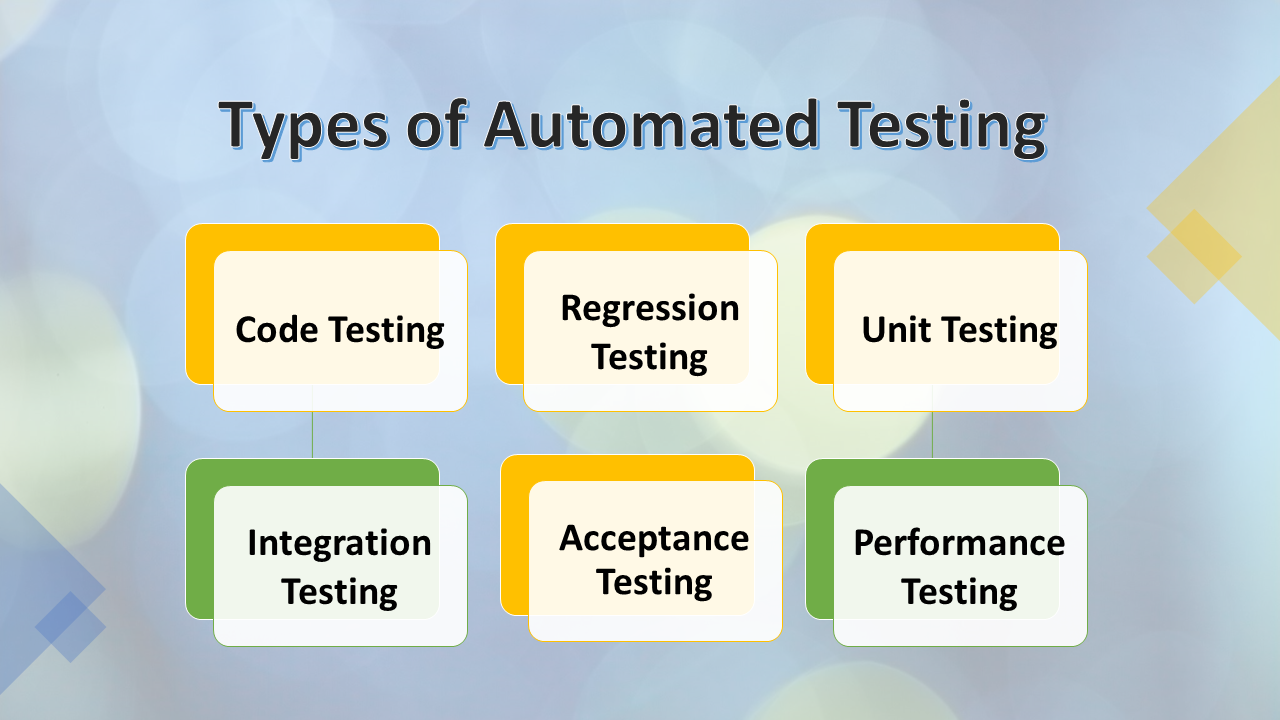Exploring the Future of Automation Testing in Software Program Advancement
Exploring the Future of Automation Testing in Software Program Advancement
Blog Article
From Manual to Automated Screening: A Comprehensive Guide to Transitioning Efficiently and Successfully
In the world of software application testing, the change from guidebook to automated procedures has become a significantly crucial transition for organizations looking for to enhance efficiency and accuracy in their screening methods. The journey from manual to automated screening is not without its challenges, yet when approached strategically and with a clear strategy in mind, the benefits can be substantial.
Benefits of Automated Checking
Automated testing supplies numerous advantages, enhancing performance and accuracy in software development processes. One main advantage is the substantial decrease in screening time. Automated tests can be run simultaneously on several gadgets and operating systems, significantly quickening the screening phase contrasted to hands-on testing. This raised effectiveness enables for faster responses on the high quality of the software application, enabling programmers to recognize and resolve issues without delay.
In addition, automated testing ensures a greater level of precision in discovering problems. Uniformity in screening is additionally boosted, as automated tests implement the exact same steps specifically each time they are run.
Selecting the Right Tools

First of all, analyze your needs and purposes. Recognize the extent of your project, the technologies included, and the capability of your team. This analysis will certainly assist you establish the attributes and abilities you need in your screening devices.
Second of all, consider the compatibility of the tools with your existing systems and processes. Seamless combination with your present software development lifecycle is important to ensure a smooth transition to automation.
In addition, evaluate the scalability and flexibility of the tools. As your testing requires develop, the devices need to be able to adapt and fit modifications properly.
Lastly, element in the support and area around the devices. Robust assistance and an energetic customer area can provide important resources and assistance when executing automated testing. By carefully taking into consideration these facets, you can choose the right devices that align with your demands and established the stage for a successful shift to automated screening.
Writing Effective Test Manuscripts

When crafting examination scripts, it is necessary to take into consideration the particular needs of the software being evaluated and make certain that the manuscripts deal with all important performances. Clear and detailed naming conventions for examination manuscripts and test situations can enhance readability and maintainability. Furthermore, incorporating mistake handling systems within the examination manuscripts can help in determining and addressing issues promptly.
Moreover, arranging test manuscripts into modular elements can improve reusability and scalability, lowering redundancy and improving effectiveness in examination manuscript maintenance. Routine evaluations and updates to test scripts are vital to maintain pace with progressing software application demands and capabilities. By adhering to these principles, testers can develop durable and efficient test scripts that contribute substantially to the success of automated testing processes.
Integrating Automation Into Workflows
By perfectly integrating automated screening tools like Selenium or Appium into the software application advancement lifecycle, groups can attain faster comments on code modifications, leading to quicker pest discovery and resolution. This combination permits for constant testing throughout the advancement process, making sure that any type of This Site issues are recognized early on, resulting in higher software program high quality. Correct integration of automation devices needs partnership in between growth, testing, and operations teams to establish a unified workflow that maximizes effectiveness and performance in delivering premium software application products.
Making Sure a Smooth Change
Successfully transitioning to automated screening entails thorough planning and cautious implementation to lessen interruptions and make the most of performance in the software program growth procedure - automation testing. To make sure a smooth transition, it is vital to start by conducting a detailed analysis of the current screening processes and identifying areas where automation can bring the most substantial benefits. Involving with all stakeholders early on at the same time, consisting of developers, testers, and project supervisors, is vital for gathering support and buy-in for the automation campaign
Communication is vital during this change phase. Clear communication of the goals, benefits, and expectations of automated screening assists to manage any resistance or problems that may emerge. Furthermore, offering sufficient training and sources for staff member to upskill in automation devices and methods is essential for guaranteeing an effective shift.

Final Thought
In conclusion, transitioning from guidebook to automated testing offers many advantages, consisting of boosted efficiency and dependability. By selecting the suitable devices, writing reliable examination scripts, and incorporating automation flawlessly right into operations, companies can ensure a successful and smooth transition. It is vital to accept automation as an important asset in software program screening procedures to enhance total quality and performance.
In the world of software program testing, the shift from handbook to automated processes has become an increasingly important shift for companies looking for to enhance efficiency and accuracy in their testing practices. Automated examinations can be run simultaneously on multiple tools and running systems, dramatically speeding up the screening phase compared to hands-on screening. Uniformity in Your Domain Name screening is likewise improved, as automated examinations carry out the same actions specifically each time they are run.To guarantee the successful application of chosen testing devices, the development of effective test scripts plays a crucial duty in validating the capability and performance of automated processes - automation testing. By adhering to these principles, testers can produce reliable and durable examination manuscripts that contribute substantially to the success of automated testing processes
Report this page